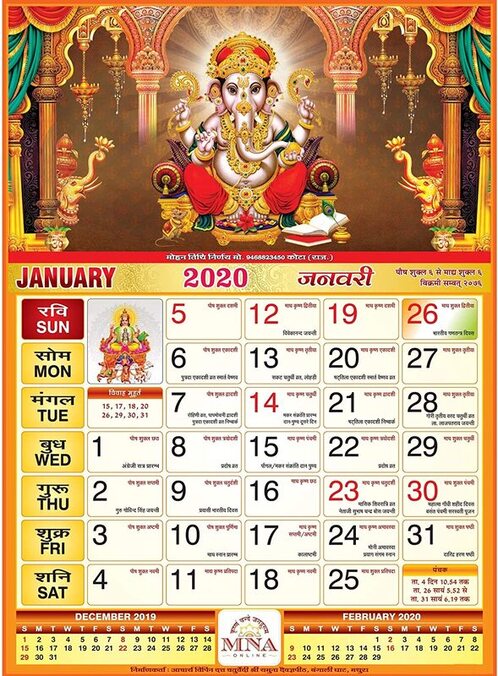|
Science in Hindu calendar
Hindu calendar system offers a multi-dimensional method of structuring time, combining information about lunar days, solar days, lunar months, solar months, the movements of the Sun and the Moon in relation to stellar constellations, and other astronomically defined time spans. In the Hindu calendar, seasons follow the sun; months follow the moon; and days, both the sun and the moon. The western or Christian calendar is solar calendar and the Islamic or Higri calendar is lunar calendar. But Hindu lunisolar calendar synchronizes both the solar and the lunar cycles. Hindu calendar has fixed the aberrations as under:
Hindu calendar systems: All the Hindu calendars contain five parts of information: lunar day (tithi), solar day (diwas), asterism (nakshatra), planetary joining (yoga) and astronomical period (karana). This structure gives the calendar the name Panchangam.
When a solar month completely covers an amanta month, that is, when there are two new moons, one falling at the beginning and the other at the end of the solar month, the amanta month that begins from the first new moon is treated as a leap month and prefixed with the title ‘adhika’ or ‘mala’. We call the leap month adhika or mala month.
7. Karana - A karana is half of a tithi. To be precise, a karaṇa is the time required for the angular distance between the sun and the moon to increase in steps of 6° starting from 0°. There are only 11 such karaṇas which fill up the slots of 30 tithis. There are actually 4 "fixed" (sthira) karaṇas and 7 "repeating" (cara) karaṇas.
1 Comment
|
Archives
March 2022
Categories |

 RSS Feed
RSS Feed